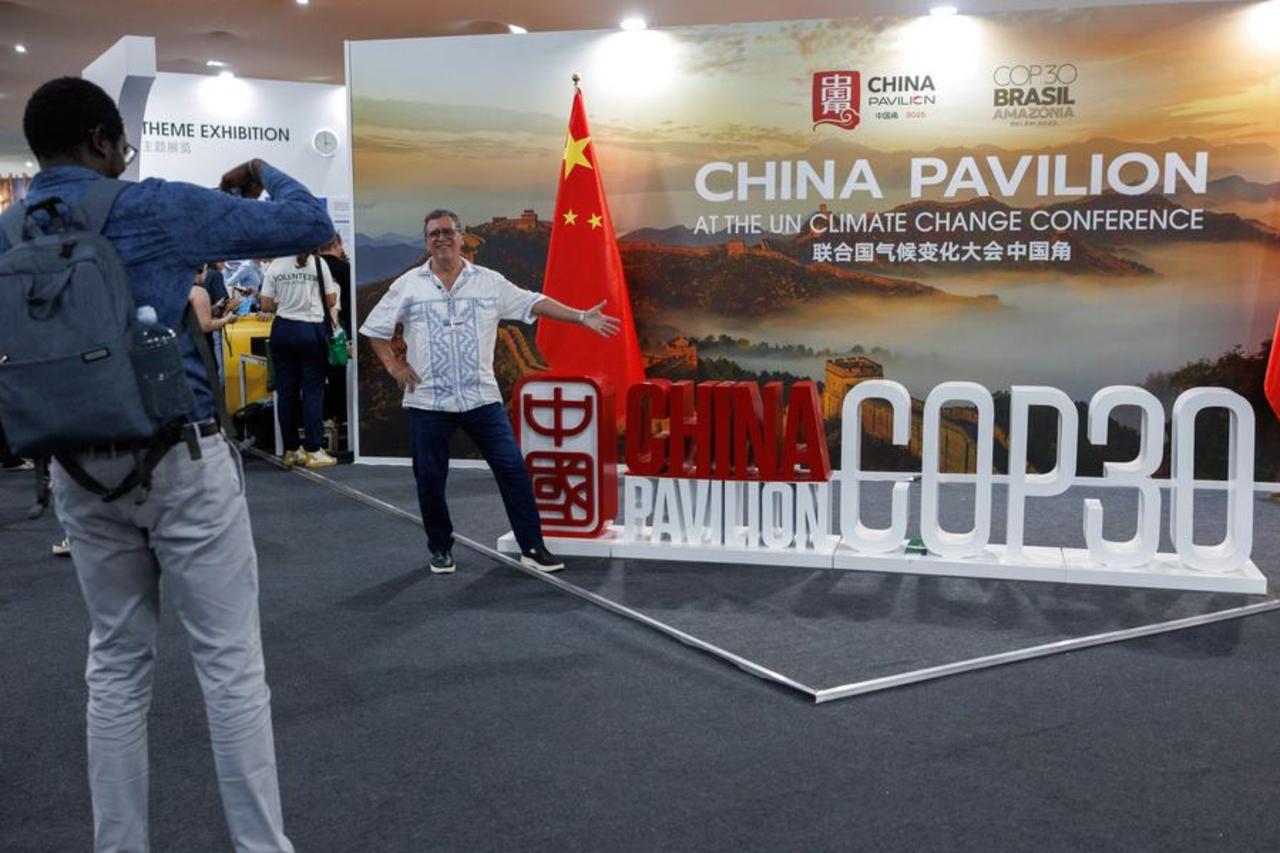

Belem’s COP30 has brought a long-overdue debate to the center of global climate diplomacy: the world cannot secure a just and resilient energy transition while depending overwhelmingly on minerals controlled by a single authoritarian state. Rare earths, lithium, copper, and other critical minerals now dominate COP30’s discussions not only as technical inputs for renewable technologies but as political instruments embedded in the strategic ambitions of the Communist Party of China (CPC). China’s control of around 60% of global rare earth production and close to 90% of refining capacity gives Beijing the ability to shape—indeed, to weaponize—the pace and direction of global decarbonization.
What is increasingly visible in Belem is that China’s dominance is not accidental. It reflects a long-term CPC design: secure extraction zones, monopolize processing, integrate infrastructure with geopolitical influence, and use export controls to exert pressure on competitors. Beneath the language of green leadership and climate responsibility lies a state-driven strategy built on political control, resource securitization, and asymmetric dependence. These concerns permeate negotiation rooms, civil society events, and expert panels across COP30.
The Tibetan Plateau remains central to this strategy. Rich in lithium, copper, uranium, and heavy rare earths, Tibet has become a meticulously engineered extraction frontier. Gigantic projects such as the Qulong copper mine and the Zabuye lithium lake are embedded in dense networks of railways, hydropower stations, and logistics corridors that serve dual purposes: accelerating mineral extraction and advancing Beijing’s political and military consolidation of the plateau. The CPC frames these initiatives as development, but their strategic underpinning is unmistakable. Infrastructure, in Tibet, is an instrument of control.
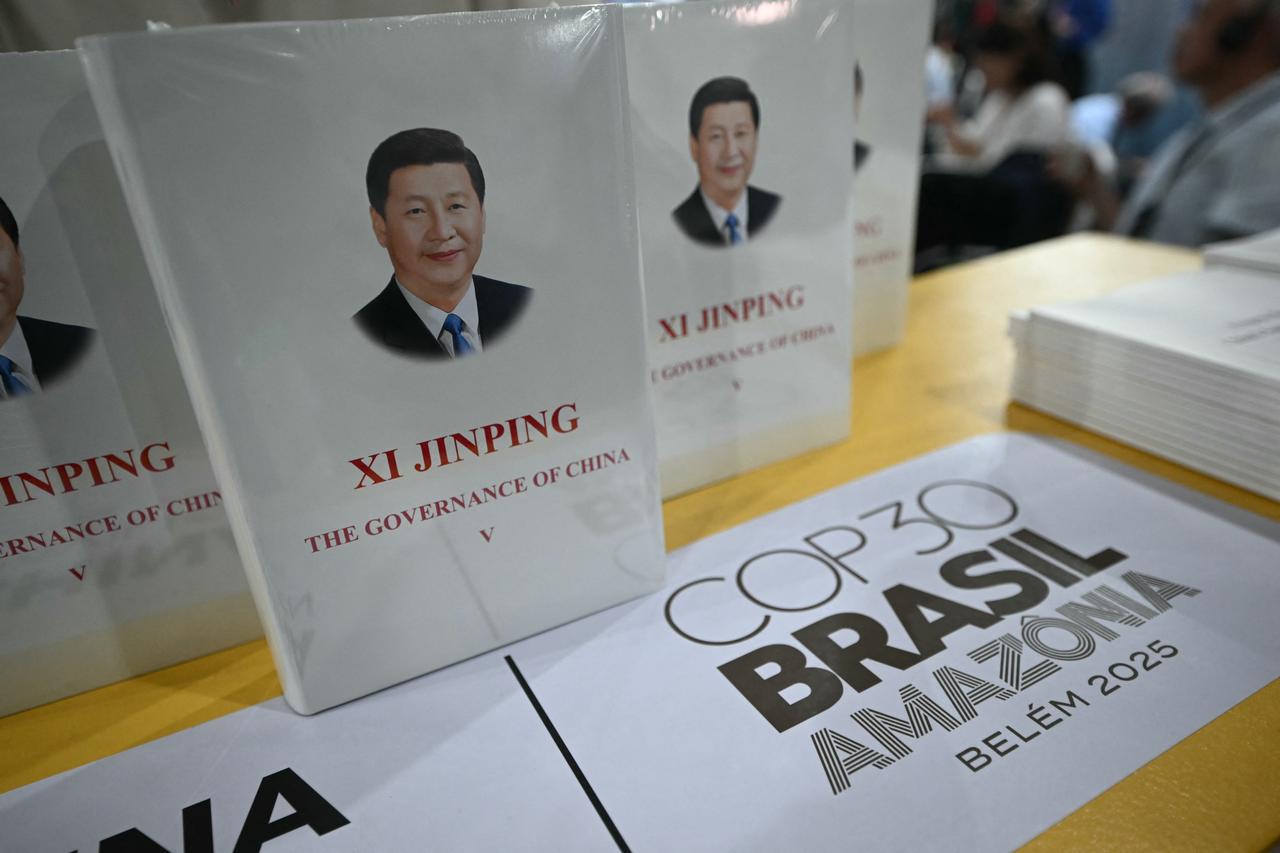
Rather, the ecological consequences are severe. Tibet, the “Third Pole” and the source of Asia’s major river systems, is experiencing rapid degradation. Soil erosion, damaged glaciers, disrupted river flows, and contamination from mining threaten not just Tibet’s fragile ecology but food and water security across South and Southeast Asia. At COP30 in Brazil, these concerns surface frequently in side-events and expert dialogues, even as they struggle to enter the formal negotiation text. The contradiction is stark: global climate goals increasingly rely on minerals extracted from a region suffering profound ecological stress.
China’s tightening export controls on rare earth elements and key processing equipment add another layer to its mineral strategy. These controls have implications that extend well beyond trade or industrial policy. By determining who can access critical minerals essential for defence systems, clean-tech manufacturing, and renewable-energy deployment, the CPC is exercising a new form of structural power. This reality permeates discussions in Belem, where delegates recognise that a just transition cannot credibly coexist with opaque, concentrated, and politically leveraged supply chains.
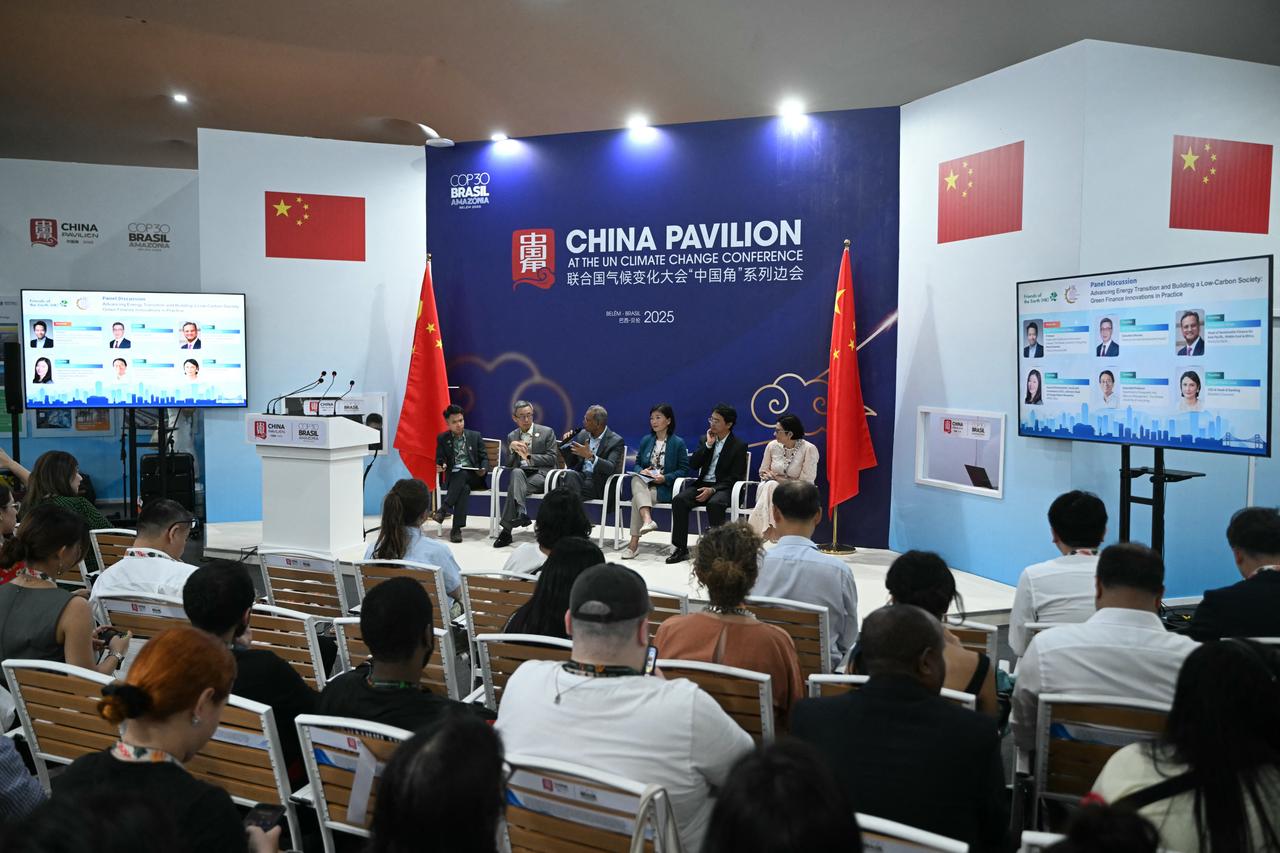
Although Türkye is not a BRICS member, its growing engagement as a BRICS-Plus partner makes China’s activities in Tibet highly relevant for Ankara’s strategic and economic outlook. Türkye’s aspirations in renewable energy, battery manufacturing, and green industrial corridors will invariably intersect with BRICS-linked supply chains, supply chains dominated by China’s mineral and processing monopoly.
For Türkye, the evolving experience concerning Tibet offers an important warning. China’s infrastructure model in Tibet is not a neutral developmental approach; it is a strategic framework that combines extraction, infrastructure, and state authority into a single strategic structure. The infrastructure that Beijing builds, including railways, hydropower stations, and industrial hubs, serves both economic and geopolitical ends, embedding long-term dependencies and giving China leverage over partners who rely on its technologies or materials. Türkye, which seeks greater autonomy in energy security and strategic industries, cannot afford to be drawn into mineral or technology dependencies shaped by Beijing’s political priorities.
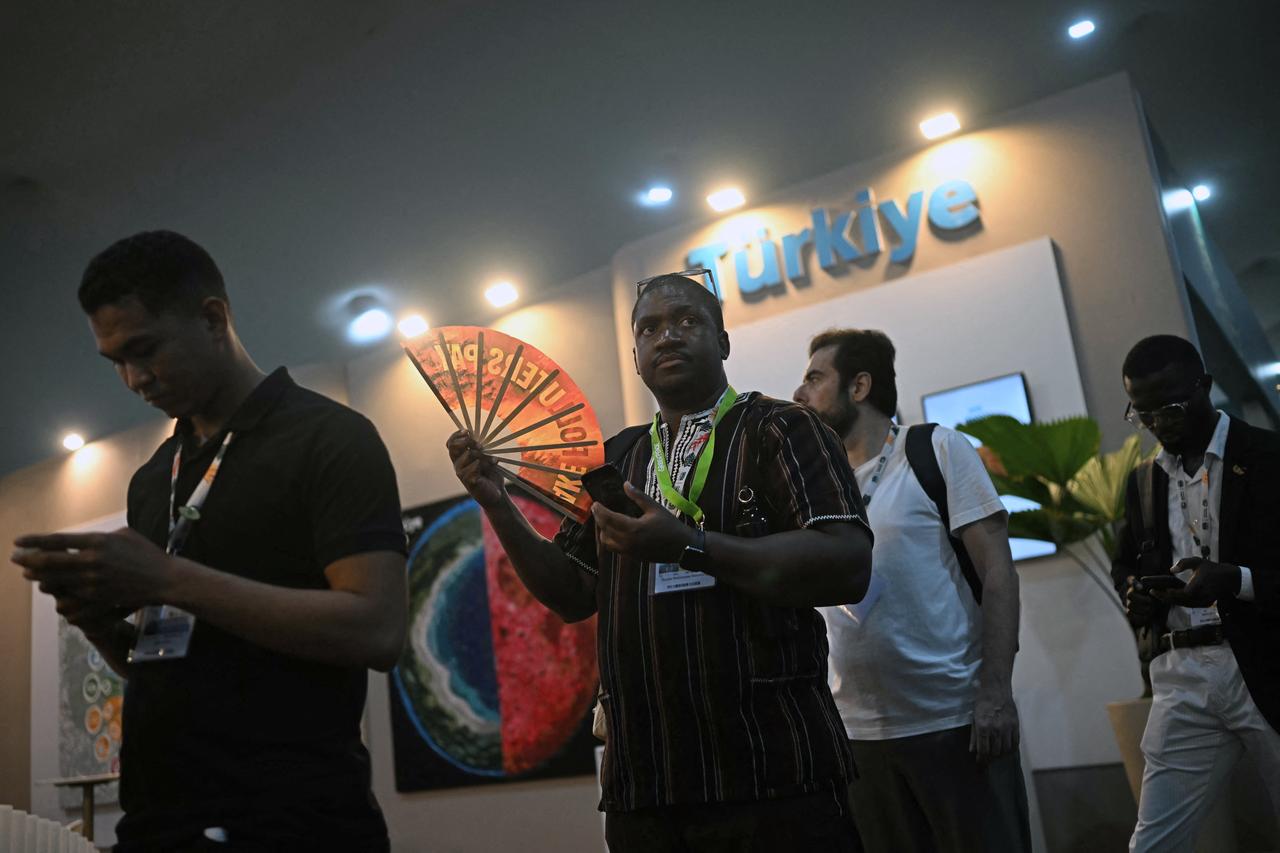
Not to overlook, Türkye’s relationship with China is already shaped by geopolitical and ideological frictions. As a NATO member, Ankara remains aligned with Western security structures that increasingly identify China as a systemic rival. The discord between Türkye and China is further fueled by Beijing’s treatment of Uyghur Muslims under the CPC’s “counter-terrorism” pretext. Despite periodic silence or caution from Ankara for diplomatic reasons, public sentiment in Türkye remains strongly sympathetic to the Uyghur cause, and pressure on the Turkish government to adopt a firmer stance has been growing.
This human-rights dimension is deeply relevant to Türkye’s future engagement with Chinese investments. The CPC’s treatment of Uyghurs, mass internment, surveillance, and cultural repression, reflects the same authoritarian ecosystem that governs Tibet: centralized political control, securitized governance, and disregard for local identities and environmental well-being. These patterns should prompt Ankara to review any large-scale Chinese investment proposals, especially in strategic sectors such as energy, digital infrastructure, mining, and transportation. In the long term, the risk of political leverage and normative conflict may outweigh the short-term economic benefits.
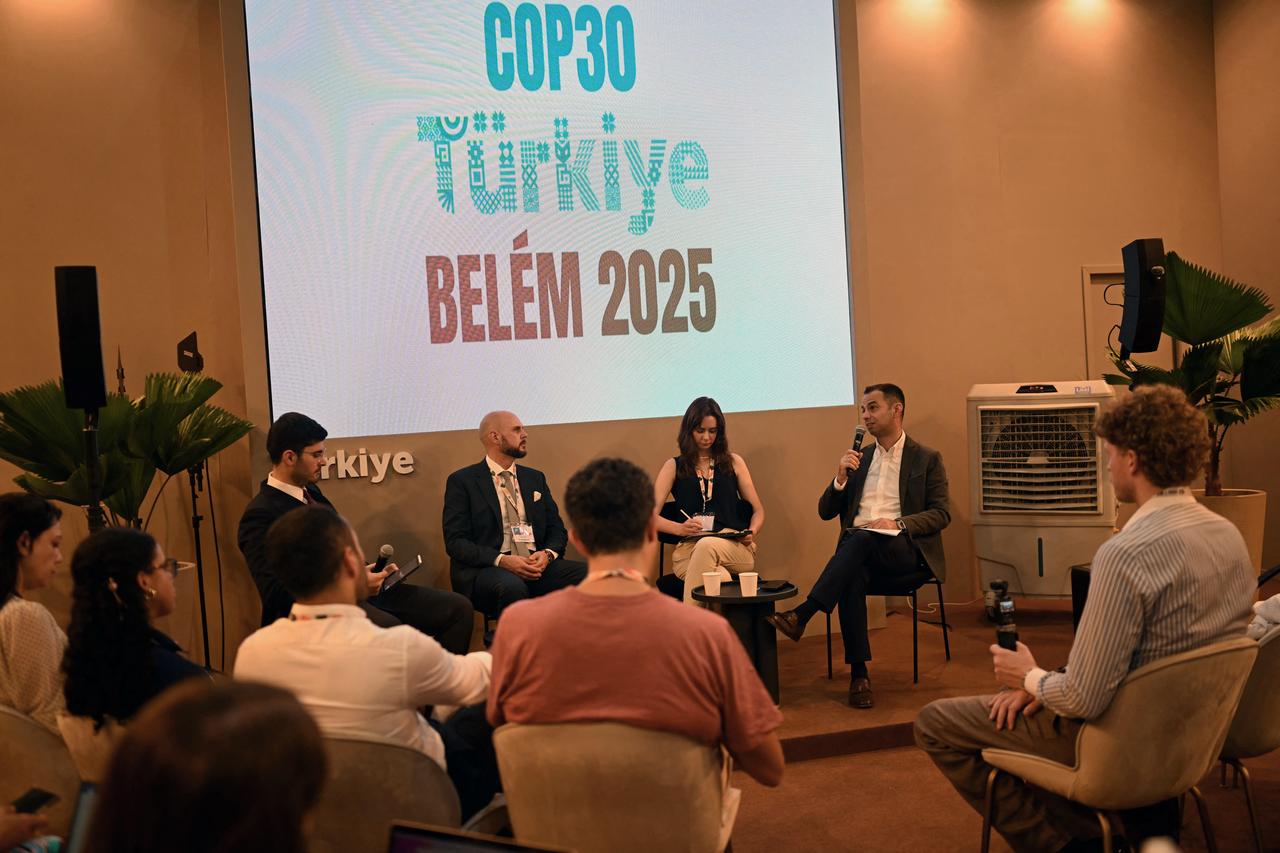
Belem’s COP30 provides an important lens through which Türkye can reassess the structural risks of deeper entanglement with China. The summit’s emerging outcomes, focused on responsible mineral governance, environmental safeguards, community inclusion, and supply-chain diversification, highlight norms that China’s activities in Tibet fundamentally violate.
For Türkye, ignoring these contradictions could create vulnerabilities in its climate and energy strategy, complicate its NATO commitments, and expose it to geopolitical dependencies shaped largely by Beijing. Türkye must therefore approach BRICS-Plus engagement with a long-term strategic outlook. It cannot overlook the ecological degradation in Tibet, which contradicts China’s climate rhetoric. Nor can it ignore the broader authoritarian framework that informs China’s approach to its internal regions and external partnerships.
As COP30 moves toward final outcomes, critical minerals are emerging as the defining test of whether global climate governance can be just, credible, and resistant to authoritarian monopolies. Tibet’s exploitation, China’s export controls, and the CPC’s strategic use of infrastructure reveal the fragility of the current mineral regime. If Belem’s outcomes are to have meaning, they must address these concerns directly.
For Türkye, India, Brazil, South Africa, and other emerging powers, the core message from COP30 is clear: the green transition will be shaped not simply by technology, but by the political conditions under which minerals are extracted and controlled. Tibet’s ecological crisis and the CPC’s mineral strategy sit at the centre of this challenge. No just transition can rest on resources extracted through coercion, ecological damage, or the unchecked power of a single authoritarian state.
About the author: Dr. Jagannath Panda is the Head of the Stockholm Center for South Asian and Indo-Pacific Affairs at the Institute for Security and Development Policy, Sweden; and a Senior Fellow at the Hague Center for Strategic Studies, The Netherlands. Dr. Panda attended the COP30 in Belem (Brazil) as an Observer.